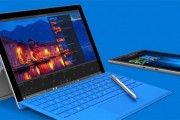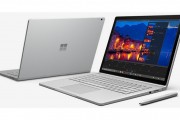While many people are willing to accept that multi-touch technology is the way of the future, some have not learned how to discriminate between different levels of multi-touch technology. While the operation and theory behind multi-touch is basically the same across the board, and has been since the early 1980s, there is some technology that is simply better developed than other technology. However, this distinction depends upon the purpose of the technology at hand. For instance, some multi-touch tablets can interpret an unlimited number of touch points all at once. This means that you can have both of your hands on the tablet, as well as five or six other peoples’ hands working at the same time.
This is really a step forward in collaborative technology. However, some multi-touch tablets can only interpret two touch points at once. For a user simply wanting to explore multi-touch technology, this is satisfactory, but for someone needing efficiency and high quality, this can definitely be a setback. There are also some multi-touch devices that can only interpret certain finger movements, while the higher end devices do not limit your movements while doing things such as editing pictures. These issues may not be of very much importance to the average computer user that only uses multi-touch technology for typing and basic operations, but for businesses trying to capture the real genius and capitalize on the efficiency, small details such as the number of touch points and acceptable gestures can make a huge difference in their decision to select one device over another.
The good news is that new technology is being developed and tested every day, and as time passes manufacturers are working towards a limitless multi-touch tablet as a standard. In the end, this will be the difference between using a mouse and keyboard and using only your fingers to accomplish daily task


